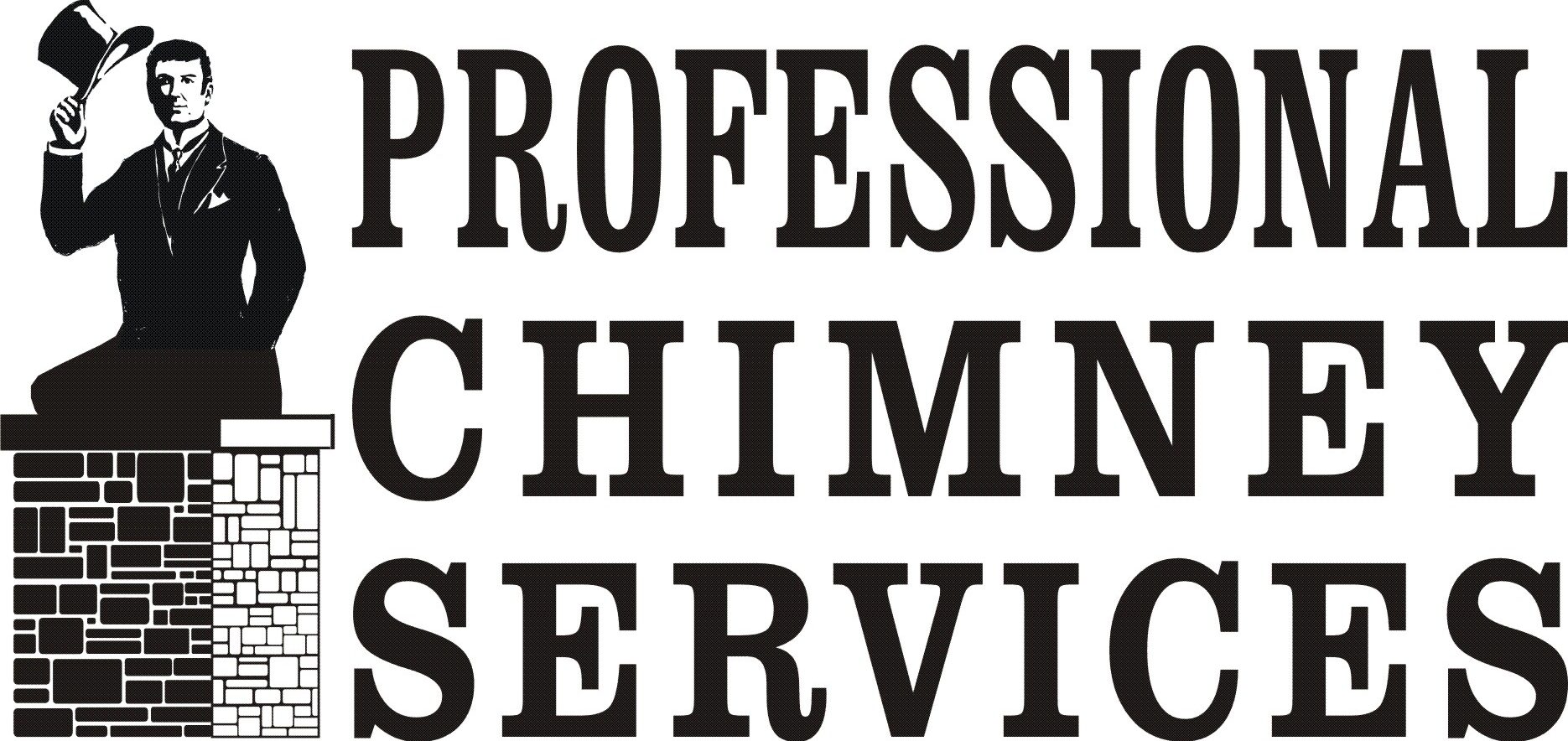Chimney Fires – Many homeowners hope they can prevent a chimney fire by using creosote burning logs in their fireplace, but only proper maintenance by trained chimney professional can help prevent a chimney fire.
Some indications of a chimney fire are a loud cracking and popping noise, a lot of dense smoke and an intense hot smell. But not all chimney fires are noticeable, many fires go undetected. Slow-burning chimney fires do not get enough air or have enough fuel to be visible, but still can cause significant damage to a home.
Safety Inspection & Cleaning – Have your chimney and fireplace inspected and cleaned annually to ensure your unit is safe for use. This will make sure the inside of your chimney is structurally safe and the inside of your chimney is free of obstructions and creosote.
Fireplace Location – The area around the fireplace should be free of obstruction and potentially flammable materials like carpet, pillows, furniture or newspaper. Keeping these items at least two feet away is a good rule. Always use a screen around the fireplace to keep the sparks from flying out.
Chimney Cap – Having the proper chimney cap on top of the chimney will keep out debris and animals that can block the chimney.
Home Safety – Have both a smoke and carbon monoxide detector with working batteries in your home. Keep a fire extinguisher near by.
Build A Safe Fire – Make sure the old ashes have been removed and the damper is open. When starting a fire only use seasoned firewood and avoid overloading the fireplace. Never ignite your fire using liquid accelerants like gasoline. Avoid burning garbage or other items in your fireplace. Many of these accelerants and items can release fumes and vapors into your home which could cause explosions or house fires.
